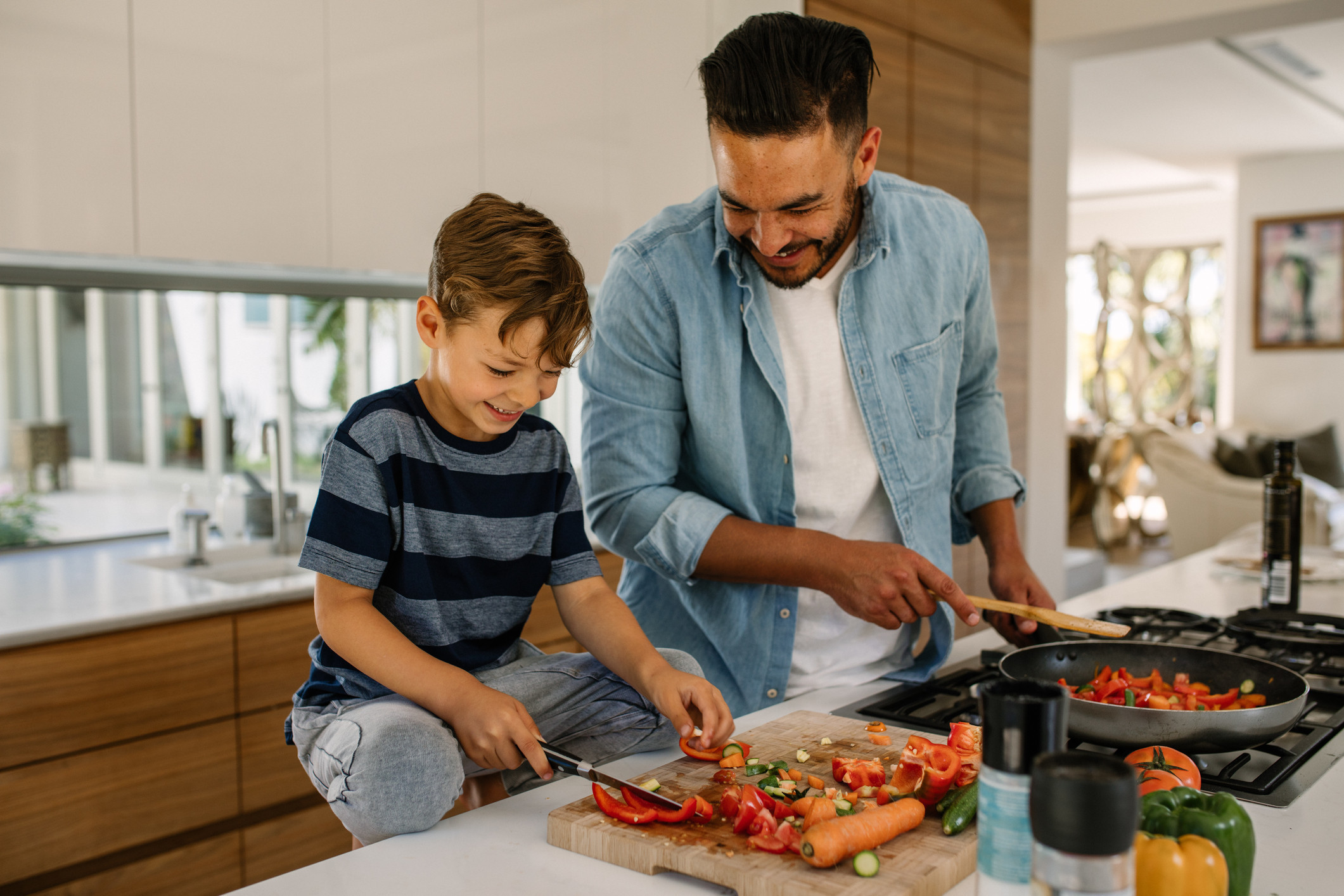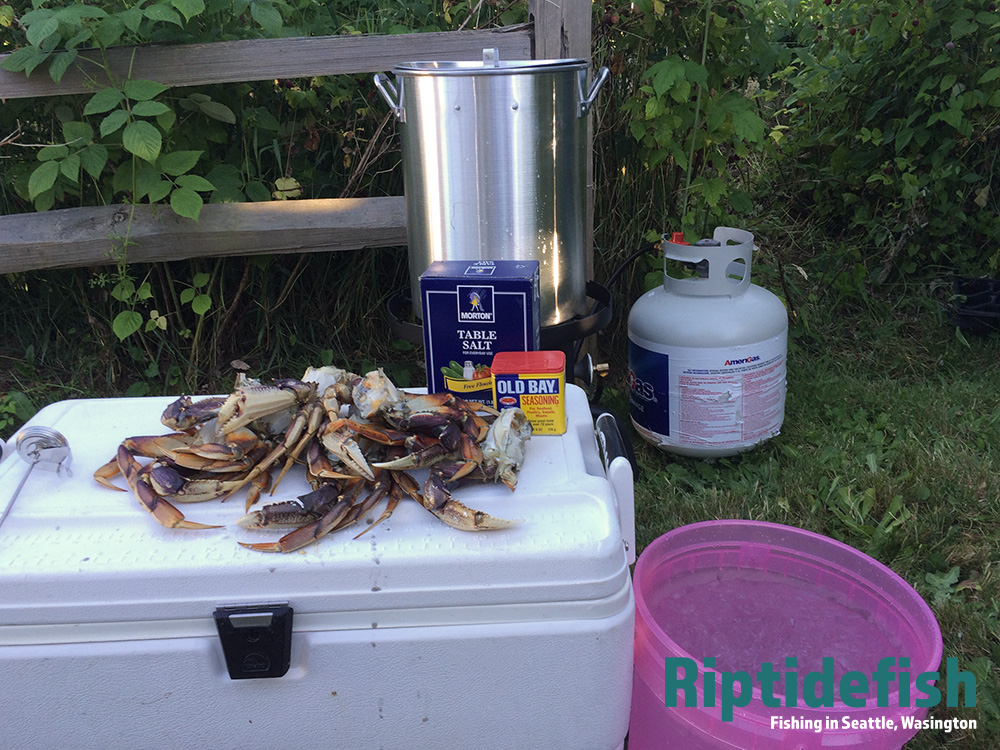Boiled crab is a classic preparation that results in tender, flavorful meat when done properly. Follow this simple guide for foolproof crab boiling every time.
Getting Started
The most important factor for a successful crab boil is using high-quality, fresh crab. Opt for live crab whenever possible for maximum freshness and flavor Dungeness, blue crab, snow crab, and king crab legs are common varieties used for boiling
Thaw frozen crab completely before boiling to ensure even cooking. Use tongs and gloves when handling live crab to avoid pinches. Chill live crab in the freezer for 10-15 minutes before cooking to sedate them.
Equipment Needed
- Large stockpot or crab pot
- Tongs
- Scrub brush
- Gloves
- Colander
- Ice bath
- Mallet or nutcracker
- Seafood crackers (optional)
Preparing the Crab
Give live crab a cold water rinse, scrubbing the top shell, underside, legs, and mouth area Remove gills and triangular “apron” on underside if desired This removes debris and purifies flavor.
For dead crab, check for freshness Rinse thoroughly and remove gills/apron if wanted Cleaning before boiling allows better seasoning penetration but can lose some flavor to the water.
Choosing Your Liquid
Fill pot 2/3 full with:
- Water – Simple clean flavor
- Seafood broth – Rich, seafood taste
- Beer – Subtle malty notes
- Combination – Complex, delicious flavor
Seasoning the Boil
Generously season the liquid. Popular options include:
- Salt – Enhances natural flavor
- Old Bay – Savory, slightly spicy
- Lemon – Bright, citrusy
- Garlic – Pungent, aromatic
- Onion – Subtle sweetness
- Bay leaves – Herbaceous
- Peppercorns – Peppery bite
Step-by-Step Boiling Method
-
Bring seasoned liquid to rolling boil in large pot.
-
Use tongs to slowly lower crabs in upside down.
-
Once boiling again, start timer based on crab type/size.
-
Dungeness (1.5-2 lbs): 15-20 minutes
-
Blue crab: 8-10 minutes
-
Snow crab legs: 5-8 minutes
-
King crab legs: 5-8 minutes
-
-
Maintain gentle rolling boil, moving crabs occasionally.
-
Check for doneness at estimated cooking time.
Checking Doneness
-
Shell color changes to bright orange/red when done.
-
Meat should be opaque and firm when leg is pulled.
-
Internal temperature reaches 160°F.
After Boiling
-
Immediately transfer cooked crabs to ice bath to stop cooking.
-
Let cool 5-10 minutes to preserve texture.
-
Twist off legs/claws. Use mallet or nutcracker on hard shells.
-
Clean body by removing top shell, gills, and innards. Rinse.
-
Crack body by bending back and forth.
-
Serve immediately with dipping sauces. Enjoy!
Troubleshooting Issues
-
Rubbery meat – Caused by overcooking. Follow recommended times.
-
Undercooked – Return to boil if translucent or mushy.
-
Bland flavor – Use more seasoning next time.
-
Salty – Reduce salt and rinse after boiling if too salty.
Tips for Success
-
Start with high-quality fresh crab
-
Don’t overcrowd pot
-
Maintain consistent boiling temp
-
Use timer and check doneness frequently
-
Chill in ice bath immediately after boiling
-
Serve as soon as possible for best flavor
Flavor Variations
Customize your boil with different spices, aromatics, broths, and dipping sauces:
-
Cajun – Andouille sausage, corn, potatoes, crawfish, shrimp
-
Old Bay – Traditional blue crab boil
-
Lemon-garlic – White wine, herbs
-
Spicy – Chili peppers, hot sauce
Nutrition
Boiled crab offers many nutritional benefits:
-
High in protein – Builds/repairs tissue
-
Low fat and calories – Heart healthy
-
Rich in B12, zinc, selenium – Immune boosting minerals
Follow these straightforward steps for tender, juicy crab boiled to perfection every time. Adjust cooking times based on size and altitude. Then customize the flavors to suit your taste. With this foolproof guide, your next crab boil will be a crowd-pleasing success.

What Do I Need To Cook Dungeness Crab?
First off, you need fresh live Dungeness Crab – obviously.
You need something to cook them in and a heating element. I like to cook crab outside during summer months. I use a propane burner and a 30 quart aluminum pot, it includes a nice aluminum basket that makes lifting out the crab easy. I can cook about six large Dungeness Crab in the 30 quart. However, the bigger the pot the better (I’ll explain later).
You need salt and seasoning for the boil. The best tasting crab I have ever had was boiled in pure sea water. Dungeness live in the saltwater environment and if you cook them in freshwater you will draw out most of that great salty sweet flavor that Dungeness are known for. I use Kosher Salt and Sea Salt and season the water until it tastes like seawater. This isn’t an exact science. I love adding Old Bay Seasoning to the mix as well. I don’t usually add much more than salt and Old Bay Seasoning because I don’t want to mask the rich flavor of the crab meat.
Other items include tongs or something else that can lift the crab out of the boil, and oven mitts to protect your hand from the steam of the boil.
Once the Dungeness Crab are cooked and ready to serve, a couple pairs of crab crackers will be helpful but we often use a heavy fork to crack the crab. Finish off your table setting with some melted butter and get ready to dig in!
Prepare an ice bath to quickly chill the cooked crab when they come out of the boil.

Freshly caught Dungeness Crab is classic Pacific Northwest cuisine.
Are you ready to learn how to cook Dungeness Crab? During the Seattle summer, my favorite ways to spend a day is crabbing on Puget Sound in the morning and inviting over friends and family for a crab boil in the evening. Those calm summer days on the water make crabbing here pretty trouble-free. And the bounty we catch is usually enough to feed at least a couple people. Cooking Dungeness Crab is easy and a great way to share the whole hunter-gatherer vibe with others. You don’t need much equipment to cook crab, add in a little prep time and you are there!
The Perfect SHRIMP BOIL Recipe Everyone LOVES!
FAQ
What is the best method of cooking crabs?
Take them home and prepare a steamer. You can boil them, but steaming is arguably the best way of cooking crab. You can add a teaspoon of vinegar to your steamer’s water reserve or to your boil. A touch of vinegar makes the picking (of the meat) easier. You’ll know they’re done once they turn bright red.
What seasoning do you put on crab legs when boiling?
For boiling or steaming
Don’t be shy about adding salt, pepper, lemon juice and lemon rinds, or the classic Old Bay seasoning to your pot before boiling or steaming your crab legs. In fact, if you plan to boil, we’d recommend the proportion of 4 quarts of water to 6 ounces of seasoning.
